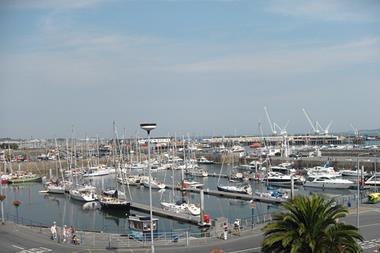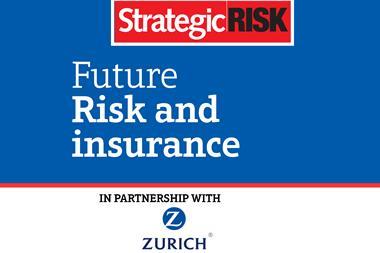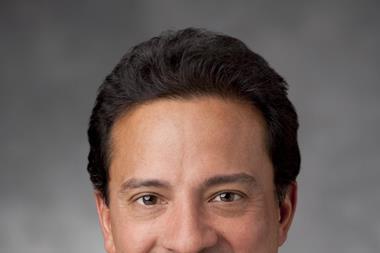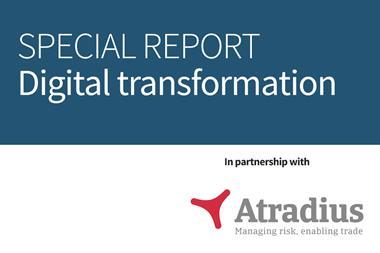While local managers contribute a great deal to the running of a captive, specialist captive management companies can ensure all bases are covered
An organisation that has a captive will also have appointed a management company located in that captive’s domicile to handle the day-to-day running of the business. But, as with any subsidiary - which is after all what a captive is - that’s not the end of the story. The parent company’s risk manager will often be responsible for control and strategic management, and other people within the organisation need to get involved as well.
Having said that, local managers can contribute a lot at the early stage, particularly in the way of ascertaining future objectives for the captive and advising risk managers on opportunities to achieve these. As Kane USA managing director Elizabeth Steinman says, a good manager handles much more than just the book-keeping aspects of running an alternative risk insurance vehicle.
This can be particularly useful for risk managers who have not yet selected their captive’s domicile. “An effective captive manager will analyse the specific risk profile of a client and advise on the best way forward, without being bound by a particular domicile or structure. While providing access to a network of insurance and reinsurance companies, the decision of how much cover is purchased by a captive and where it buys its cover is totally impartial. It is based purely on getting the best coverage at the best price,” says Steinman.
While captive management companies should offer a full breadth of service in the day-to-day running of a captive, Steinman believes it is important to choose an independent manager with service packages that are unbundled so that a client can decide how much involvement they wish to have. This will help them to better manage their costs while continuing to work with other valued service providers, she says.
For some risk managers an important element of a captive is the support it can provide for a multinational insurance programme. In an article on Captive.com, Nathan Shpritz and Alison Calder of Liberty Mutual Group explain: “Multifaceted companies with diverse operating units may encounter an interesting dilemma - the parent organisation has the risk appetite and wherewithal to maintain high retentions, but the operating units prefer lower retentions to limit the financial impact of large losses.
A captive can be quite effective in this situation. The captive itself takes a high retention and sells lower retention policies to its insureds - the local operating units.”
They give the following example. A French division wishes to have only a $25,000 general liability deductible but the US parent has a $1m per occurrence risk appetite. The French division purchases a $25,000 deductible policy from the captive, which then aggregates worldwide general liability exposures into a single excess contract with a $1m retention with the reinsurer of its choice. The captive retains the risk in the excess layer and receives the premium to fund this layer from the French division’s policy. The French unit is happy, and the overall corporate insurance programme costs are minimised because fewer premium dollars are transferred to
an outside insurer.
Direction on how the captive can meet the parent company’s needs in these types of situations has to come from the risk manager so that the captive can fulfil its primary role as a facilitator and cost-saving vehicle.
It is not just the risk manager who will be involved in the running of the captive. Jardine Lloyd Thompson Insurance Management (JLTIM) cites the case of a client that had recently reactivated its captive to better manage and finance its risk.
It says both the client’s risk management department and JLTIM recognised that internal education and familiarisation for the various departments of the parent corporation would be needed to ensure the captive functioned properly.
Initiatives included extensive technical briefings for accounting staff - particularly on issues relating to insurance company loss reserves (including incurred but not reported, or IBNR) - and the establishment of committees on the captive board, with invitations for key people to serve on them, giving them a greater sense of ownership in the captive.
What does a captive manager do?
The key responsibilities of a captive manager involve:
• Providing insurance, risk management, and underwriting expertise to the captive
• Developing and evaluating business plans and providing pro forma financial statements
• Producing and shepherding the captive’s licensing application with regulatory agencies
• Developing equitable premium allocations among the captive’s insureds;
• Issuing and monitoring policies and premium invoices
• Providing certificates of insurance for captive coverages
• Monitoring and reconciling bank and investment records
• Maintaining the captive’s financial and operational records
• Coordinating the services of the captive’s service providers including the actuary, auditor, tax preparer, claims administrator, attorney, investment advisor, fronting carrier and broker (if applicable)
• Being the primary captive contact for regulatory agencies and assisting in regulatory compliance
• Producing quarterly and annual financial reports for the captive’s board of directors;
• Filing insurance regulatory reports as needed
• Completing and filing premium tax returns
• Monitoring claims and assistance in setting reserves
• Monitoring the captive’s reinsurance programmes




















No comments yet